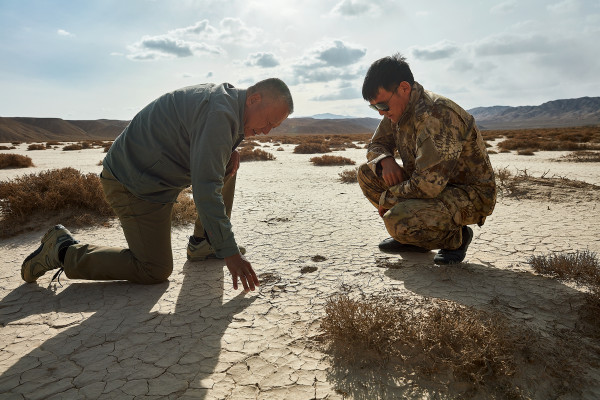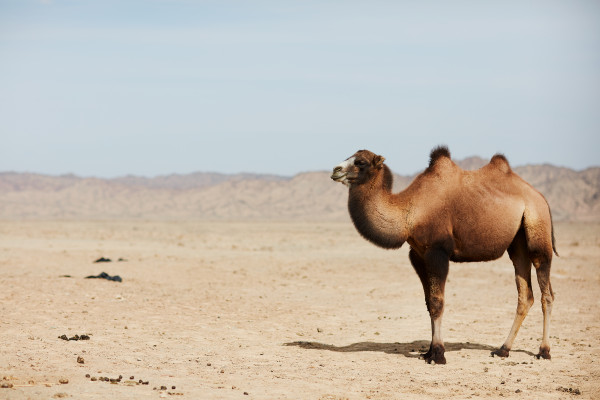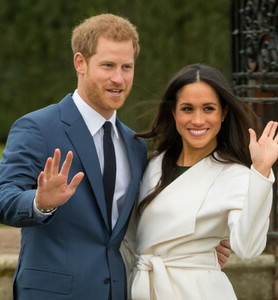One Camel at a Time with Rolex
Deep in the Gobi Desert, Liu Shaochuang is using innovative technologies to save the wild camel from extinction. The recent Rolex Award winner and Chinese remote sensing specialist is a true renaissance man. Alongside his passion to save one of Asia’s last large wild animals, he’s also been essential in developing the navigation systems for China’s lunar rovers and Mars rover, mapping the globe’s great rivers and also became the first person from China to reach the North Pole alone... on foot.

Liu first encountered the wild camel while testing a prototype of the lunar rover Yutu-3 in the Gobi Desert. With its thick, shaggy coats and two humps, these biologically unique camels have roamed the plains of the Gobi Desert for thousands of years, but their numbers are dwindling as a result of climate change, habitat loss, predation, hunting, disease, domestication and cross breeding by humans. Estimates suggest that there are fewer than 1,000 of the critically endangered camels left in the wild, scattered across 200,000 square kilometres of northwestern China and southwestern Mongolia, making them virtually impossible to track on the ground.

Liu, a specialist in remote sensing - the use of satellites to observe the Earth’s surface – realised that space technology could be used to monitor the scattered wild camels herds throughout the Gobi Desert. “Ten years ago, the research relied solely on human observation,” Liu says. Scientists, unable to track the wild camels, could only rely on studying their hoof prints and droppings. By placing collars on the camels that link to satellites, Liu and his team can study their migratory routes, living environments, and potential threats. The first tracker was attached to a wild camel in May 2012, and according to Liu, there are now seven wild camels fitted with tracking collars, transmitting their locations daily. With this newfound ability to track and study the camels as they move across the vast, inhospitable terrain, Liu and his team can begin to understand what needs to be done to protect them. “Finding out where wild camels go, where they drink and what kinds of threats they face will help us draw up plans to better protect the wild camels’ water sources and define their protection zone,” he says.

The satellites are also able to study the environments where the camels roam, assessing how the ecosystem is being impacted by climate change. Liu and his team will also study other threats to the camels, including predatory attacks, grazing competitors, and disease. Computer modelling of different climate scenarios, as well as scenarios around interaction with humans and other grazing animals, will help wildlife managers to plan refuges in locations that are heat suited to the camels’ long-term survival.With the support of the Rolex Perpetual Planet Initiative, which he has become part of through his Rolex Award, his research will greatly increase our understanding of the wild camel and its changing environment, and Liu plans to put that knowledge to good use. His findings will be instrumental in his work with conservation organisations to establish two large new conservation zones: the China Wild Camel National Park and the China-Mongolia Cross-border Wild Camel Nature Reserve. When asked What motivated him to apply for the Rolex Awards for Enterprise, Liu explained: “The Rolex Award is a very important international award, and we knew that if we won it, then we could attract more attention to our project, which is very important for protecting these camels. It feels incredibly encouraging [to win]. I hope it can also motivate the people around me to work hard and use the opportunity to expand our technical knowledge to other fields, such as conservation.” Liu’s award will support his field work, including fitting tracking devices to camels, collecting biological samples, and developing or purchasing equipment for disease monitoring. It will also provide him with a year’s worth of airtime for 40 satellite trackers, all with the goal of creating the two new conservation zones. “Becoming part of the Rolex Perpetual Planet Initiative will help attract attention to our camel conservation projects from different sectors. It is possible that the government, among others, will invest more resources in wild camel conservation and research as a result.



